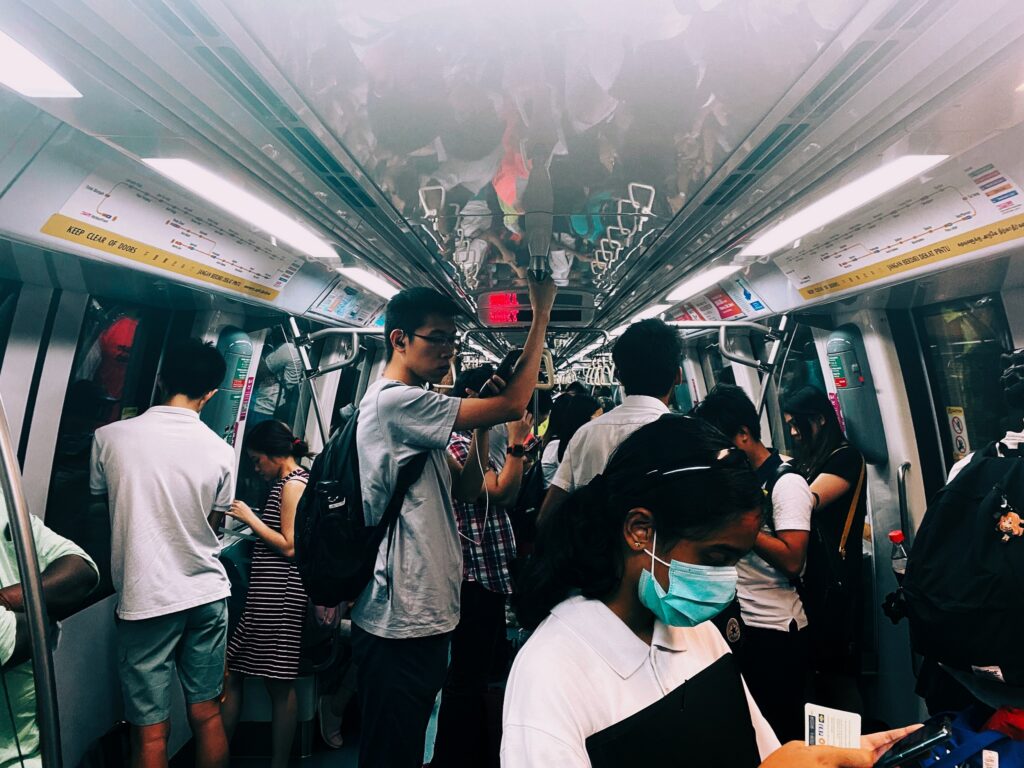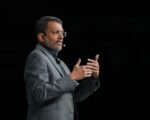
Should Singapore create its own AI foundational model, one that is more relevant to the country, despite the availability of models from OpenAI, Google, Meta and other Big Tech firms? After all, the United Arab Emirates just made a self-created AI model open-source in May.
Can different foundational models be tapped on in a more seamless fashion, so that one can make use of the best of each model without reinventing the wheel?
These are questions that Singapore is pondering, as the city-state attempts to ride the AI wave and become a leading hub for one of the most exciting technology breakthroughs in years.
If Singapore were to build its own foundational model, would there be enough data, talent and compute resources available for it, asked Dr Ong Chen Hui, assistant chief executive for business and technology at the Infocomm Media Development Authority (IMDA).
Instead of building from scratch, there could be a way to learn from different AI models that already exist, she told reporters on the sidelines of a Red Hat customer and partner event on October 4.
Eager to embrace the new technology, Singapore wishes to accelerate AI adoption while ensuring that are guardrails in place to protect society against abuses such as misinformation and data theft.
In July, the Singapore government tapped on Google Cloud to set up two “sandboxes” to develop new uses cases and boost AI adoption. Government agencies have been using AI to enhance their chatbots and assist staff in policy research.
At the same time, Singapore has also worked with industry bigwigs to come up with AI Verify, an open-source toolkit that lets businesses quickly run tests to check if their AI is fair to, say, people of different races.
Banking on open-source technology will enable Singapore to be flexible in harnessing AI and ensuring its trustworthiness, said Dr Ong.
One big advantage, she pointed out, was the transparency offered by open source, which involves a community effort instead of a top-down approach by a single entity.
However, while some AI users have embraced open-source models, like Meta’s Llama 2, others worry that these powerful tools given away to anyone could allow the bad guys to easily build cyberattack tools or disseminate fake news more effectively.
Dr Ong said it was not difficult to do this even if there were no open-source AI models to tap on. Even with proprietary models, such as OpenAI’s, hackers only need a few minutes and a few dollars to take advantage of the ChatGPT chatbot for malicious activities, she noted.
Would being a small country in a global community mean that Singapore is always following the norms of others? Dr Ong said that while different people might view concepts like fairness differently, there were universal principles that could benefit Singapore.
She brought up the example of seat belts in cars, which have been tested independently and trusted to keep drivers in different countries safe, even though there are different regulatory frameworks.
A question that remains to be resolved is how strict Singapore wishes to be when it comes to how AI is used.
The European Union, for example, has classified AI based on risks. It should not be used for social scoring or real-time identification but generating or editing images with AI would be okay.
However, in Singapore, there are no binding laws that govern much of how AI is used. Should a bank be made to explain how its AI came to a decision, say, to approve or decline a loan to a person?
Such questions will become increasingly common, even as Singapore aims for a light-touch approach that doesn’t hamper AI adoption.
There is no doubt businesses in Asia-Pacific are seeking to bring AI into the mainstream business environment to help them do more with less, said Gunasekharan Chellappan, general manager for Singapore at Red Hat.
However, he also cautioned that businesses need to ensure their AI models do not add inherent biases, for example, declining a loan to a person based on his race because of a flawed training dataset.
Though Singapore is a “price taker”, often adopting standards and practices from larger economies, it still can come to a baseline through a open-source community, he stressed.
By being at the table with, say, the EU, Singapore can be involved and still drive the innovation as well as safety guardrails that will be needed in the years ahead, he added.















